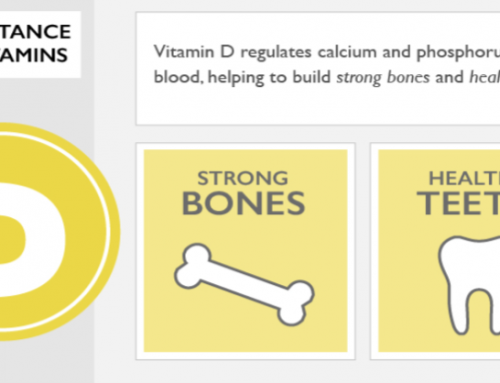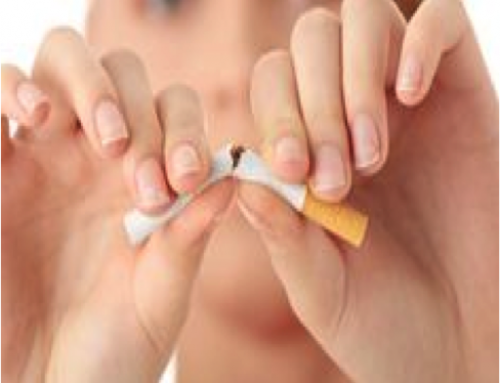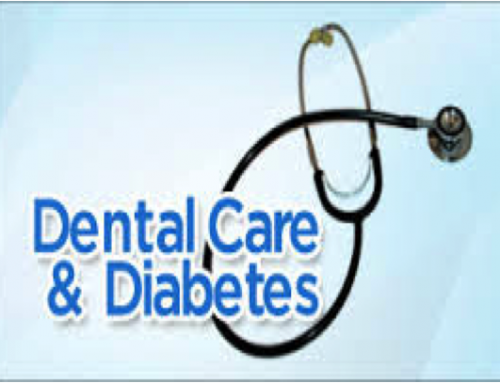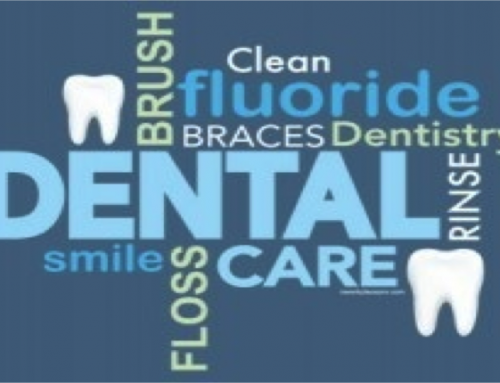Focus on Children’s Dental Health Month
Facts and Causes of Tooth Decay
February is National Children’s Dental Health Month, and we are focusing on educating parents and young patients on the importance of children’s oral health care. Tooth decay is more common in children than any other chronic childhood disease. It is:
- five times more common than asthma,
- twenty times more common than diabetes, and
- four times more common than early childhood obesity.
Tooth decay can begin as soon as teeth begin to erupt through a child’s gums. Approximately 5% of kids under the age of six (about 300,000 U.S. children) experience significant levels of early childhood caries (ECC, or tooth decay).
An additional 15% (about 1.5 million U.S. kids) experience lesser levels of ECC.
Parents often assume that cavities are caused by lack of diligent brushing and flossing. While this is partly true, ECC is actually a transmittable disease caused by specific bacteria (primarily Streptococcus mutans) that live in our oral cavity and feed off the sugars and carbohydrates we eat. As they break these foods down in our mouth, they produce acids that cause mineral loss from teeth.
The bacteria are easily spread within families, and can affect a child throughout his or her lifetime. Babies are born without cavity-causing bacteria, and are exposed before the age of two by transmitting bacteria into the child’s mouth through such practices as: sharing utensils and toothbrushes, orally cleansing a pacifier, and tasting food or testing temperatures of foods before giving them to a child.
Once the child has been exposed to the cavity-causing bacteria, certain behaviors contribute to causing cavities such as: frequent breast feedings, frequent night-time bottle feedings with milk or juice, putting a child to bed with a bottle or sippy cup, and frequent snacks between meals of sugary and high carbohydrate filled foods.
It’s actually the frequency, not the total quantity of sugar consumption that matters (example: eating a few cookies all at once is less harmful to the teeth than eating one cookie every hour for several hours).
Candy and sugary snacks are not the only foods that cause cavities. Starchy carbs like crackers, and cereal, and sticky foods such as fruit snacks can cause decay.
Costs and Consequences of ECC
Baby teeth are very important to keep healthy and remain in a child’s mouth until they exfoliate naturally.
Baby teeth serve as a space holder and a guide for permanent teeth to come in. Early loss of baby teeth due to caries can cause alignment problems that require costly braces.
Other risks and consequences of ECC include:
- Higher risk of new cavities and demineralized lesions on both baby and adult teeth.
- Missed school days
- Lack of focus and ability to learn
- Affected speech and communication, eating and nutrition, sleeping, learning, playing, and overall quality
- of life
- Risk of delaying physical development due to affected eating and sleeping
- Increased cost of treatment
- Hospitalizations and emergency room visits
- Risk of requiring expensive dental treatment under general anesthesia, costing approximately $1,500-
$2,000 per child per year.
Tips, Oral Hygiene Instruction, and Diet
Great family-wide oral hygiene care can reduce Streptococcus mutans levels and decrease transmission of these cavity-causing bacteria, while also setting a good example and encouraging life-long healthy habits. Eliminate saliva-sharing activities (sharing utensils and toothbrushes, orally cleaning pacifier, letting a child stick their hands in your mouth, etc.)
Brushing technique and timing is crucial to your child’s oral health care. Dentists recommend children brush for two minutes twice a day, once after breakfast and once immediately before bed. Tilt the toothbrush at a 45 degree angle toward the gumlines and use short gentle strokes, removing any sign of plaque or debris. Floss once daily between teeth that touch.
Limit the frequency of exposure to cavity-causing foods by having set meal times and snack times. Three square meals and two snacks are ideal.
Set up your child’s first dental appointment as soon as the child’s first tooth erupts and no later than the child’s first birthday. Help prepare your child for their dental visit by reading them books about the dentist, telling them what will happen, and speaking positively about your own dental experiences. An in-office fluoride varnish will also be administered during these visits. Studies show that one year olds that receive twice a year fluoride varnish treatments were four times less likely to get cavities on baby teeth.
Ask your dentist or pediatrician about fluoride supplements and sealants. Be sure to disclose any other source of fluoride in your child’s diet such as fluoridated water, fluoride treatments at school, and fluoridated toothpaste to reduce the risk of over-fluoridation and fluorosis.
Your dentist or health care provider will assess your child’s caries risk level and decide the need for fluoride supplements. Sealants are a thin plastic-like coating that seal the grooves and pits of a child’s teeth to aid in preventing cavities. Most insurance companies cover both fluoride treatments and sealants.
- Wipe infant’s gums with a clean, wet washcloth or cotton gauze after each meal or feeding
- Start brushing infant’s teeth two times a day as soon as the fist tooth erupts using a “smear” or “rice-
- sized” fluoride toothpaste with a soft, small (age-appropriate) toothbrush
- Do not put child to bed with a bottle or sippy cup with anything but water
- If he/she falls asleep during a feeding, teeth should be cleaned before putting the child to bed.
- Toddlers/Young Children
- Teach and encourage kids to graduate to drinking from a regular cup by the age one. Sippy cups can beused as a transitional tool
- Children should be limited to 4-6 oz. of fruit juice per day as part of a meal or snack
- Water only between meals and snack time
- Use a “pea-sized” amount of fluoridated toothpaste and either perform tooth brushing or let the child brush and then check for any spots they missed, especially around the gumline
- Use tools, games, songs, and even apps for your smartphone to make brushing fun and efficient.
- Ensure child is spitting out toothpaste and not swallowing it
- Continue assisting with tooth brushing until the child can write in cursive and has the manual dexterity tobrush on their own
- Encourage good eating habits and a healthy diet
- Begin flossing teeth for him/her as soon as two teeth touch
- Limit sugar
- Break thumb-sucking and pacifier habits by the age four
- Schedule regular check-ups every six months with their dentist.
If you have any further questions about your child’s oral health care, feel free to call Tenino Family Dental at (360)264-2353 to make an appointment, or call your regular dentist. Your dental team has all the tools and resources to help you and your child have a healthy, happy dental future!







